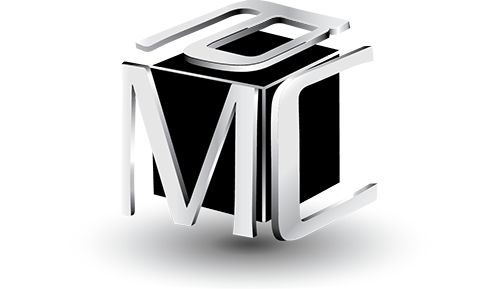Lessons from Google’s High-Performance Culture
Lessons from Google’s High-Performance Culture
Michael Couch
President
Michael Couch and Associates Inc.
What makes Google the #2 Most Admired Company in Fortune’s 2015 rankings (up from #3 in 2014)? Does their unique organization culture play a role? Gaining answers to these and other questions was the force behind a Culture Benchmarking Trip to Silicon Valley in which I participated. The purpose of the trip was to unearth some culture nuggets that could be applied to business challenges back home.
What culture take-aways can organizations obtain from the nether world of Google where perks, compensation and Disney World like campuses are over the top? Well, as it turned out, we can learn quite a lot.
Transparency and Trust
When we asked our host to describe the culture at Google, the most common terms we heard were transparency and trust.
Google holds global “all hands” meetings every Thursday with founders Larry and Sergei. Employees can ask any question they want and every question gets an answer. They have moved to crowd sourcing the questions in advance and asking employees to contribute to selecting the most important issues to address in the meetings. Leaders are expected to come prepared with answers.
Google does regular and constant employee surveying. Survey fatigue is avoided by immediate follow-up and holding managers accountable. The response rate is regularly over 90%. Google also posts the survey data for all to see, right down to the individual manager’s results.
Google culture is based on the inherent belief that employees are “good, smart people who want to produce good work”. Google’s researchers constantly gather and analyze data about employees and the workplace. They share the data and involve employees in deciding what’s right.
Talent
Google’s selection process is rigorous and is built upon competencies that are directly linked to Google’s strategy, mission and vision. Cognitive ability, leadership ability, and the ability to contribute to the culture (a competency referred to as “Googliness”) are at the top of the list with role-related knowledge given less emphasis.
The capabilities are assessed in a series of 4 to 5 standardized, behavior-based interviews. Google’s founders were famously said to have final sign-off authority on all hires. Now that Google is hiring 100 people each week world-wide, that authority has transferred to teams that do not include the hiring manager to avoid the “get me a warm body syndrome”. Our host commented that hiring is the responsibility of everyone at Google.
Google also conduct regular talent reviews or “calibration” processes and build talent action plans from them. High Potentials are identified for development and non-performers are addressed quickly.
Innovation
Google was founded on innovation and continues to grow based on a relentless culture of innovation.
The physical environment is designed specifically to enhance innovation. Google’s office layout is meant to increase collaboration by encouraging “casual collisions”. They knock down walls where not needed, creating an environment where employees sit close together. Google allow’s working virtually but prefer that employees be on-site to promote collaboration.
Google is famous for asking its employees to spend a specific amount of time working on something new or different. They also employ weekly crowd sourcing questions to generate a buzz around new ideas. A large T Rex skeleton dominates a central outdoor space at Google. It is there to remind everyone that the company must continue to innovate or go the way of the dinosaurs.
Productivity
The work pace at Google was not laissez faire. Googlers work against tight deadlines and high quality standards. Our host was very upfront in saying that all the perks and services were provided to allow employees to stay focused on their work.
We heard about a variety of practices to enhance productivity. For example, Google’s CFO sponsors a crowd-sourced productivity improvement process called “Bureaucracy Busters” where employees can vote on waste elimination ideas.
Leadership
The role of leaders in shaping and maintaining culture was obvious. They described a flat organization structures with few layers. Most career movement is horizontal rather than vertical. Leaders were variously described as needing to be accessible, real, transparent and accountable.
Google is truly unique in its size and its capabilities. Most companies may not be able to (or need to) match the work environment, compensation and perks provided by these firms. However, we can learn from their emphasis on identifying and creating a robust culture based on transparency, trust, talent, productivity, innovation and leadership. You don’t need to be Google to do that.

